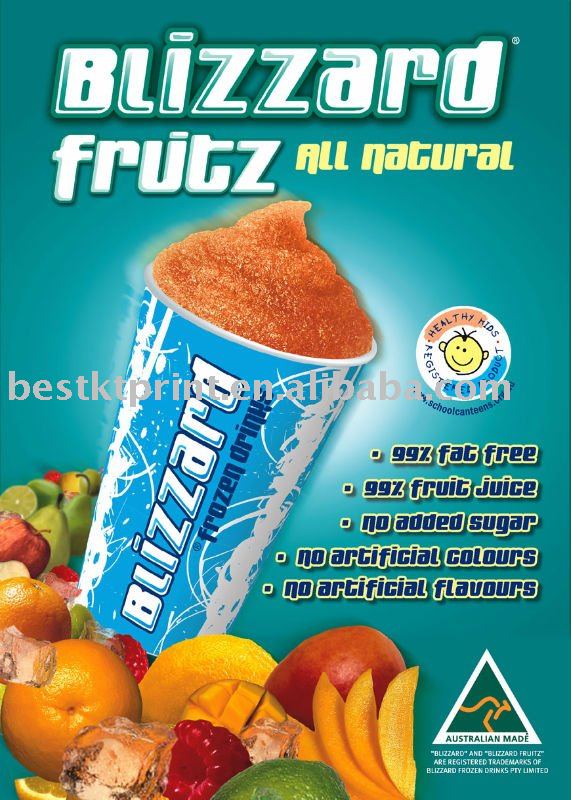Promotional Advertising Details
The marketing mix is a business tool used in marketing and by marketing professionals. The marketing mix is often crucial when determining a product or brand's offering, and is often synonymous with the four Ps: price, product, promotion, and place; in service marketing, however, the four Ps have been expanded to the seven Ps or eight Ps to address the different nature of services.In recent times, the concept of four Cs has been introduced as a more customer-driven replacement of four Ps.[1] And there are two four Cs theories today. One is Lauterborn's four Cs (consumer, cost, communication, convenience), another is Shimizu's four Cs (commodity, cost, communication, channel).Contents The term marketing mix was coined in an article written by Neil Borden called “The Concept of the Marketing Mix.” He started teaching the term after he learned about it from an associate, James Culliton, who in 1948 described the role of the marketing manager as a "mixer of ingredients"; one who sometimes follows recipes prepared by others, sometimes prepares his own recipe as he goes along, sometimes adapts a recipe from immediately available ingredients, and at other times invents new ingredients no one else has tried.[2] Four Ps: the producer-oriented model The marketer E. Jerome McCarthy proposed a four Ps classification in 1960, which has since been used by marketers throughout the world.[1]
Product - A product is seen as an item that satisfies what a consumer needs or wants. It is a tangible good or an intangible service. Intangible products are service based like the tourism industry, the hotel industry and the financial industry. Tangible products are those that have an independent physical existence. Typical examples of mass-produced, tangible objects are the motor car and the disposable razor. A less obvious but ubiquitous mass produced service is a computer operating system.[1] Every product is subject to a life-cycle including a growth phase followed by a maturity phase and finally an eventual period of decline as sales falls. Marketers must do careful research on how long the life cycle of the product they are marketing is likely to be and focus their attention on different challenges that arise as the product moves through each stage.[1] The marketer must also consider the product mix. Marketers can expand the current product mix by increasing a certain product line's depth or by increasing the number of product lines. Marketers should consider how to position the product, how to exploit the brand, how to exploit the company's resources and how to configure the product mix so that each product complements the other. The marketer must also consider product development strategies.[1]
Promotional Advertising
Promotional Advertising
Promotional Advertising
Promotional Advertising
Promotional Advertising
Promotional Advertising
Promotional Advertising
Promotional Advertising
Promotional Advertising
Promotional Advertising
Promotional Advertising
Promotional Advertising
Promotional Advertising
Promotional Advertising
Promotional Advertising
Promotional Advertising
Promotional Advertising
Promotional Advertising
Promotional Advertising
Promotional Advertising
Promotional Advertising

















No comments:
Post a Comment